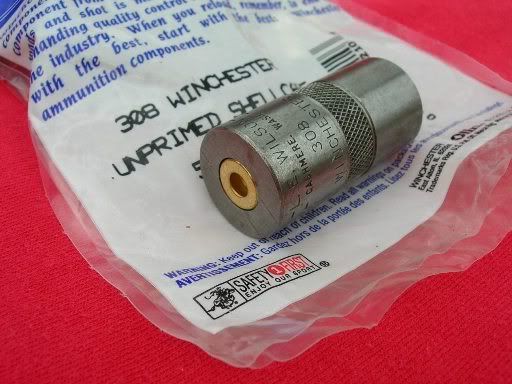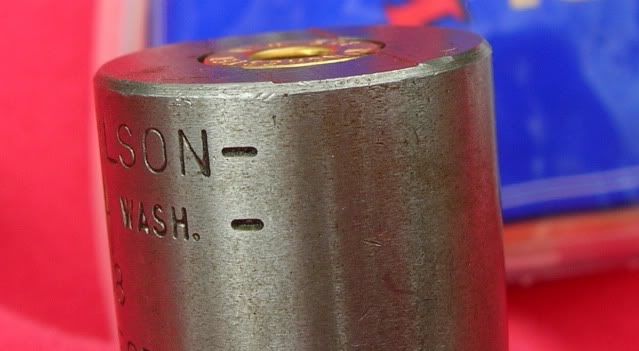Renegade19sc
New member
I have read that some like to neck size only for all cases. I have also read that Neck sizing is ideal for belted magnums such as 7mm Rem Mag and cases such as the 308, 30-06 are better to be full length sized.
I have read that some like to neck size only for all cases.



Recently I was talking to bud about engine rebuilding. We wondered about the advice to segregate push rods, ensure that the old push rods go back into place exactly where they had been, but, with new pushrods, you simply put them where you want. We thought this practice was one of these untested sacrosanct ideas that everyone follows.
This is how it works:
You will know after 4 or 5 firings. I tried neck sizing, and abandoned it rather quickly. It doesn't improve or save anything. It can be a pain in the neck sometimes. It produces minimal bullet grip and the bullet sets back when clambering from magazine.I just neck sized for the first time about a week ago. 54R. Haven't shot it yet, but I tested many rounds and none seemed offensively difficult to chamber.
Why? Not sure, something to try for accuracy and hopefully something to squeeze more reloads out of difficult to find brass. As for accuracy, I don't know yet, will hopefully on Sunday weather permitting.
I am learning about reloading. If there is a technique to save brass life I am all for it.
